26 F. average high on December 19.
30 F. high on December 19, 2014.
.8" of snow so far in December in the Twin Cities.
7.6" average MSP snowfall for December, to date.
5.8" snowfall so far this winter season at KMSP.
17.5" average snowfall for the winter season, to date.
December 20, 1989: Minnesotans are hard pressed to find snow cover across most of the state. Only good places to cross country ski are at Grand Marais and along the Gunflint Trail.

Spoiler Alert: Freakish Warmth into New Year's Eve
Quick, what's the number for 911? Old Man Winter is being held hostage, bound and gagged somewhere in northern Canada. The polar vortex has been frozen in place this "winter".
I can't believe I'm tracking the rain-snow line, still high above Minnesota, in late December. The maps look more like late March.
Why, Paul? El Nino, the Arctic Oscillation, hot air rising above the U.S. Capitol? It's probably a combination of factors, all conspiring to keep our weather tracking in from Seattle, not the Yukon, at least through the New Year.
Many are just fine with Perpetual March, if not a wee bit unnerved.
December is running 14-18F warmer than average, statewide. For perspective: International Falls has yet to see a subzero low. The record for latest 0F low at KINL is December 20, 2001.
The average high now is 26F, but metro area highs approach 40F Tuesday & Wednesday. Christmas Eve looks dry, but a storm may push rain into the metro Christmas Day with snow central and northern Minnesota; maybe a plowable accumulation up north. If you're traveling next Friday you'll want to stay up on the latest.
We stay mild for 2 weeks; GFS guidance hinting at more of a polar front after January 2-3 or so; maybe a real cold front, something potentially polar. In the meantime the sheer persistence of this warm signal is amazing.
Old Man Winter has been kidnapped.
* Temperature anomaly map for 18z next Thursday (Christmas Eve) courtesy of WeatherBell.

Record-Setting December Continues. It has been a head-scratching month, more March than December. Here's an excerpt from this week's installment of Minnesota WeatherTalk, courtesy of Dr. Mark Seeley: "The December climate pattern across Minnesota is tracking much like November did, warm and wetter, only even more amplified. Average temperature for the month is ranging from 14 to 18 degrees F warmer than normal, and many new warm minimum temperature records have been set such as the low of 38F at MSP and 40F at Rochester on December 13th. On December 14 the temperature never dropped lower than 44F at Caledonia. A high degree of cloudiness has accompanied this warm temperature pattern, fueled by a great deal of water vapor in the air. MSP also set a new high dew point record on December 13th with a reading of 38F. Daily cloud cover has average over 80 percent for the month so far, so little sunshine has made it through..."


December Temperature Anomalies To Date. Over the entire "conus" of North America temperatures are running about 5F warmer than average, but as much as 20F warmer than normal over central Canada. Minnesota is about 14-17F warmer than average as of December 18. Map: WeatherBell.


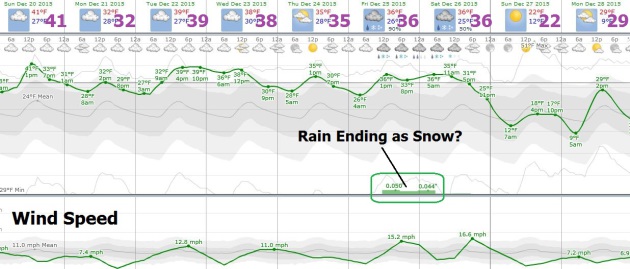

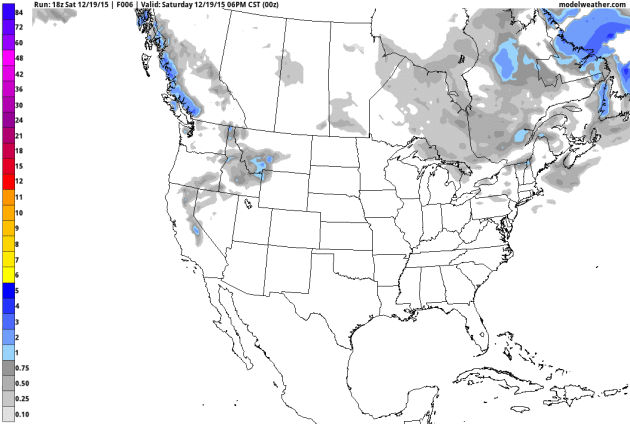
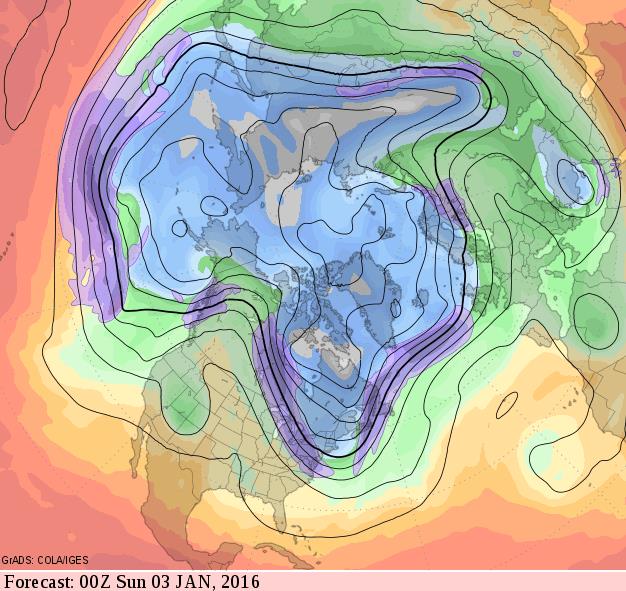
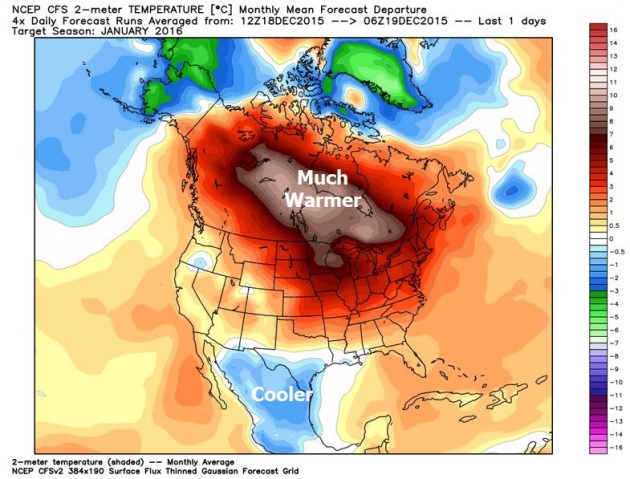
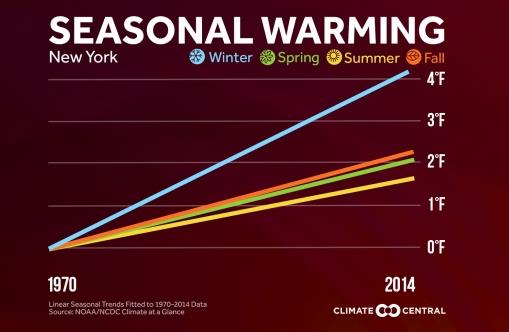
Which Season is Warming Fastest? The warming signal is showing up most vividly and consistently during the winter months. Here's a clip from Climate Central: "...Even though these are the same areas that tend to have above average temperatures during El Niño winters, this pattern is also consistent with the long-term trend we are seeing with global warming. Winter is the fastest warming season for the majority of the U.S. The exceptions: the Northwest, where fall is warming the fastest; the Southwest where springs are experiencing their greatest rise in temperatures; and Texas, which is pushing it’s sweltering summer heat to a new level..."
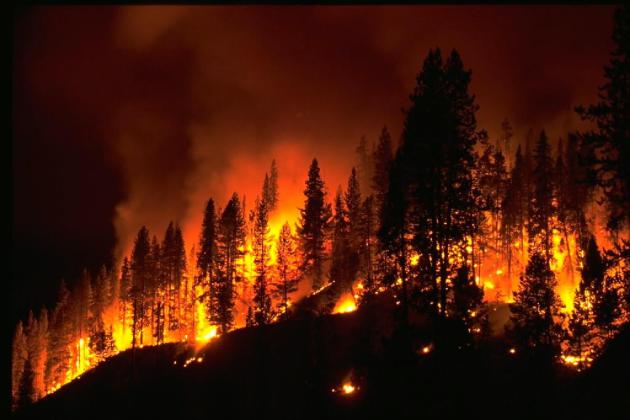
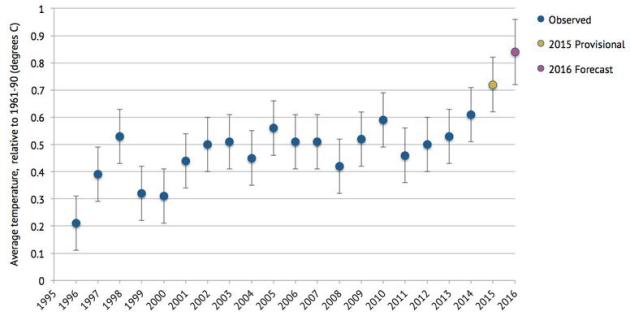
Met Office Forecasts 2016 to be Hottest Year on Record. This, according to the U.K. Met Office; here's an excerpt from CarbonBrief: "Global average temperatures for next year are expected to hit a new high since records began in 1850, says a UK Met Office outlook. At 0.84C above the 1961-90 average, the Met Office says 2016 “is likely to be at least as warm, if not warmer” than 2015. A few weeks ago, the World Meteorological Organisation (WMO) announced
that 2015 is likely to be ranked as the hottest year in modern
observations. Today, the Met Office says 2016 will likely knock it
straight off top spot..."
Graphic credit above: "Global
average temperature (in degrees C) relative to 1961-90 average, for
observed (1996-2014), provisional (2015) and forecast (2016) years.
Error bars are +/- 0.1C for observed and provisional data, and +/- 0.12C
for 2016." Data from WMO and Met Office; chart by Carbon Brief.
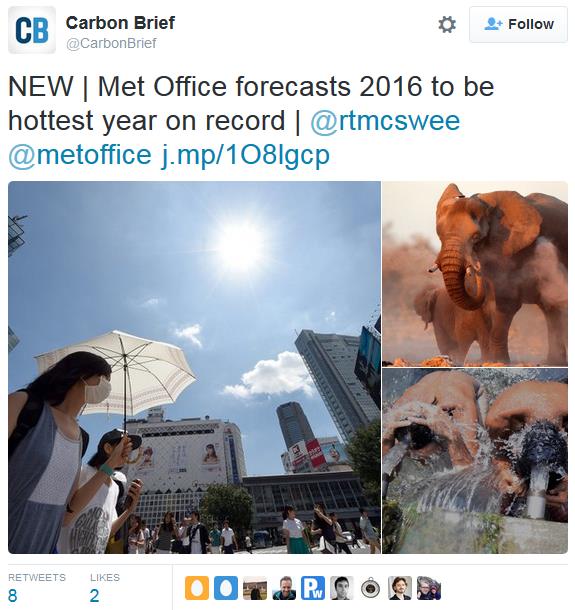

Haunted by Waters.
Too much or too little, increased climate volatility is disrupting the
hydrological cycle with troubling implications. You can live without a
lot of things, but water isn't one of them. Here's an excerpt of an
Op-Ed at The New York Times: "...In
some circles, it’s laughable to suggest that global “weirding” is an
international security threat. But in sub-Saharan Africa, where the
desert creeps south, or in Bangladesh, where half the population lives
on ground less than 16 feet above sea level, or in Syria, where extreme
drought was a factor in the collapse of a nation, a warmer earth is
already generating refugees. The Pentagon has warned of coming wars over
water. If self-interest, or fear, is what it takes to motivate a nation
like China to join the world community in saving this troubled little
orb of ours, then so be it. Elsewhere, the prospect of 200 million
people on the move, most of them Muslim, may finally win over that other
block of obstructionists, the Republican Party..."

What Just Happened in Solar Is a Bigger Deal than Oil Exports. So says Bloomberg Business; here's a clip: "The clean-energy boom is about to be transformed. In a surprise move, U.S. lawmakers agreed to extend tax credits for solar and wind for another five years. This will give an unprecedented boost to the industry and change the course of deployment in the U.S. The extension will add an extra 20 gigawatts of solar power—more than every panel ever installed in the U.S. prior to 2015, according to Bloomberg New Energy Finance (BNEF). The U.S. was already one of the world's biggest clean-energy investors. This deal is like adding another America of solar power into the mix..." (File photo: Solar City).

"Bulletproof" Isn't Just Selling Coffee - It Wants You To Buy a Better Life. Here's an excerpt of a story at Quartz that made me do a double-take. I'll stick with my Nespresso machine for now: "...Since
launching as a blog in 2011, Bulletproof has attracted a legion of
devoted followers who say its tips helped them lose weight, improve
concentration, and perform better. While other brands that sell dietary
supplements and workout equipment call themselves fitness or lifestyle
companies, Bulletproof says it’s in the business of biohacking. In
company lingo, “being Bulletproof” means hacking your diet, your sleep,
your workout routines and virtually every other interaction with your
environment to become a smarter, sharper, better performing you..."

Photo credit above: Airline Ratings Historical Collection.
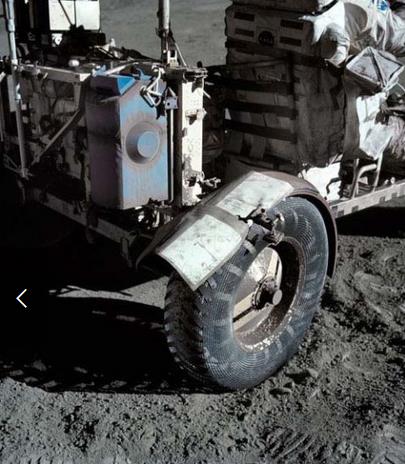

TODAY: More clouds, milder. Winds: S 8-13. High: 39
SUNDAY NIGHT: Leftover clouds, milder than average. Low: 28
MONDAY: Mostly cloudy and cooler. Winds: NW 8-13. High: 32
TUESDAY: Overcast. Slushy mix up north? Wake-up: 26. High: 38
WEDNESDAY: AM drizzle, then drying out. Wake-up: 36. High: near 40
THURSDAY: Patchy clouds, dry Christmas Eve. Winds: W 8-13. Wake-up: 27. High: 33
CHRISTMAS DAY: Cold rain, plowable wet snow up north? Winds: SE 10-15. Wake-up: 29. High: 36
SATURDAY: Snow tapers to flurries, slushy. Winds: NW 10-20. Wake-up: 32. High: 35
Climate Stories...
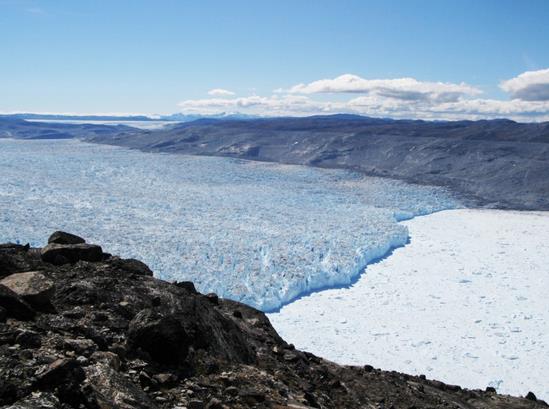
Photo credit above: "Kangiata Nunata Sermia in Southwest Greenland." (Credit: Nicolaj Krog Larsen, Aarhus University, Denmark).

Graphic credit above: "That is a chart from a group of climate-change sceptics. And it shows global warming. Source: Bob Tisdale, WUWT.
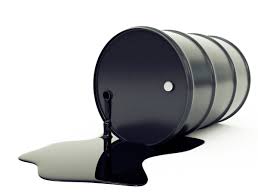


Huh? Could Cleaner Air be Worsening Global Warming? Less traditional air pollution, less smog and particulant and sulfer-based haze, we may be inadvertently accelerating the rate of warming, according to new research. Here's an excerpt of a recap at Live Science: "...What's more, this unintentional geoengineering may have already impacted global warming, Wild said. Global temperatures held fairly constant from the 1950s to the 1980s, and warming only accelerated starting in 1985, when the global brightening seems to have begun, Wild reported in a study published this month in the journal WIREs Climate Change. He also sees evidence that this unintentional geoengineering affected the world's hemispheres differently. Temperatures held steady until the mid-1980s in the Northern Hemisphere, where most of the world's population lives, and spiked up sharply afterward..."
Photo credit: NPR, which has more on the role of sulfer-based pollutants screening warming here.

What Happens When Mother Earth Gets Angry.
There is more carbon in the system, a closed system at that. And that
is translating into more energy, more volatility, more disruption and
dislocation. Here's an excerpt of an Op-Ed at The New York Times: "...In
2009 researchers at the Potsdam Institute, a German research group,
determined that keeping the rise in global temperatures at or below 2
degrees Celsius, the goal set by the United Nations, meant that no more
than 565 additional gigatons of carbon dioxide could be emitted into the
atmosphere. At current levels of global carbon emissions — about 36
gigatons annually — those additional gigatons would be released into the
atmosphere by the early 2030s. Then, in 2011, the Carbon Tracker
Initiative, a British research group, reported that 2,795 gigatons of
carbon was held in the coal, oil and natural gas
reserves of fossil fuel companies and carbon-rich countries. If burned,
the emissions would vastly exceed the ceiling set by the Potsdam
Institute..."

How Not to Debate Nuclear Energy and Climate Change.
Is ignoring or denigrating potentially newer, cheaper, safer forms of
nuclear energy a form of "climate denial"? Here's an excerpt at The New Yorker: "...According
to Oreskes, suggesting that nuclear power play some role in limiting
carbon emissions and solving global warming is not just wrong but “a
strange form of denial that has appeared on the landscape of late, one
that says renewable sources can’t meet our energy needs.” It is one
thing to wonder about the value of nuclear energy—I was mostly opposed,
too, until I saw Robert Stone’s compelling documentary, “Pandora’s Promise.’’ But to label Hansen (whom my colleague Elizabeth Kolbert has Profiled for this magazine) or Caldeira as denialists is absurd..."
No comments:
Post a Comment